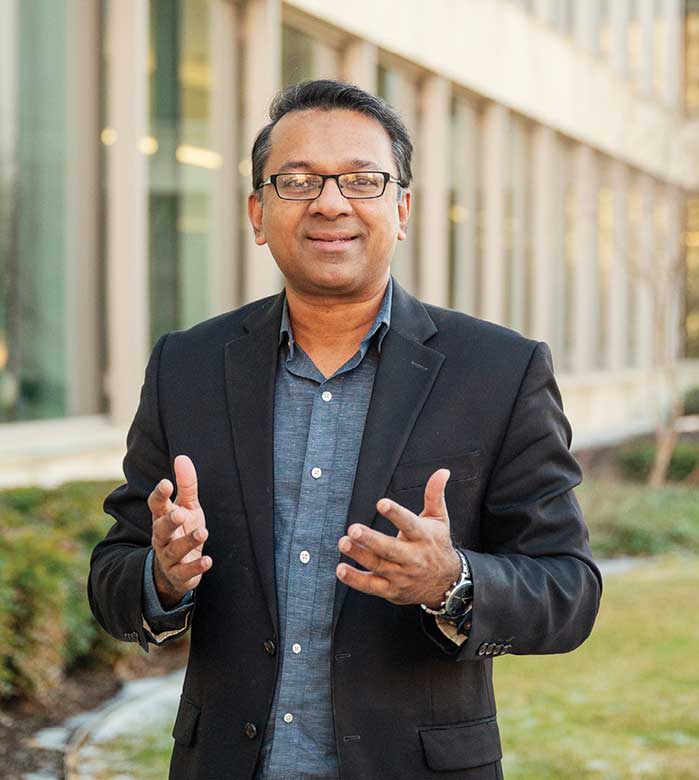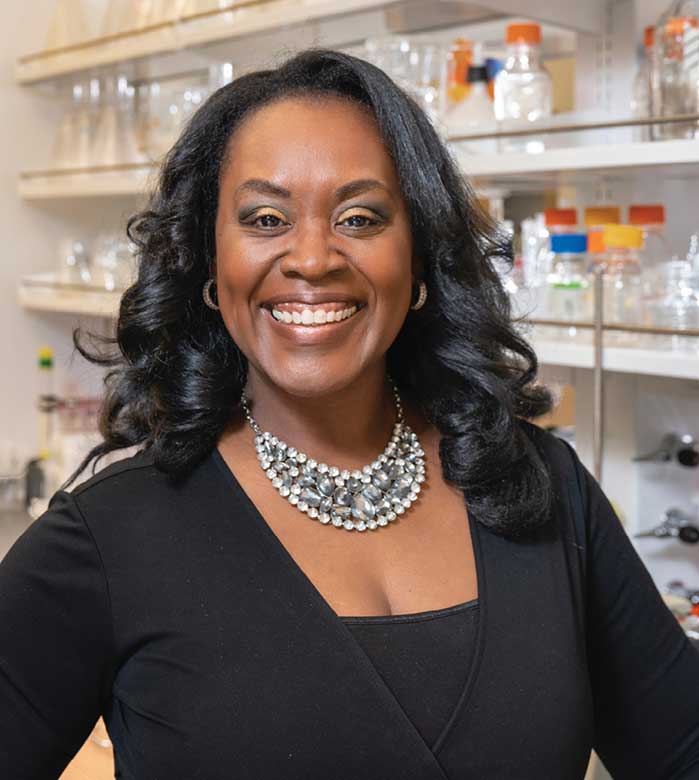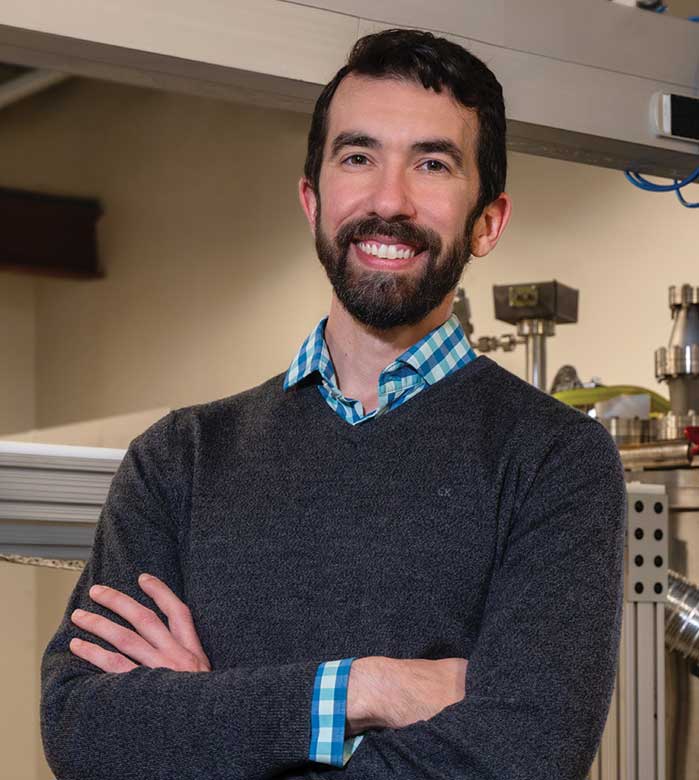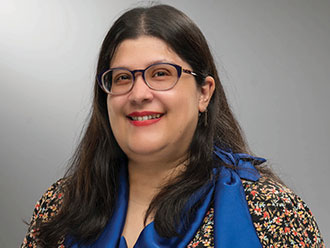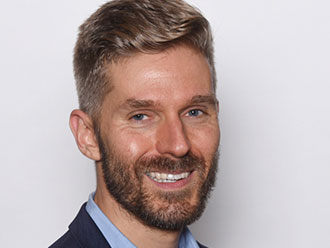A FEW MINUTES BEFORE 5 p.m. on Aug. 10, 2021, James Grover heard the familiar chime of an incoming email. It was news from state officials. The next day, The University of Texas at Arlington would become just the fourth institution in the state to qualify for the National Research University Fund (NRUF), a mark of excellence in research and academics.
UTA’s interim vice president for research was thrilled. The distinction, often called “Texas Tier One” status, was hard-earned, and the promise of its announcement had kept the University’s research administrators holding their breath for weeks.
To become a Texas Tier One university, UTA had to reach or exceed a series of rigorous benchmarks established by the Texas Higher Education Coordinating Board for at least two consecutive years. These included surpassing $45 million in restricted research expenditures, awarding more than 200 doctoral degrees each year, having high-quality faculty, and other key institutional metrics.
For universities that receive the designation, the state of Texas provides dedicated support from the NRUF to enable their continued research expansion, advancement of high-caliber educational programs, and recruitment of world-class faculty.
Awarded to the state’s highest-quality research universities, Texas Tier One status stands as recognition of UTA’s commitment to improve the world through inquiry and innovation, securing its position as a preeminent institution for education, research, and discovery.
Dr. Grover, an ecologist, joined the College of Science in 1993, where he served as assistant, associate, and full professor of biology; associate dean; and interim dean. For the past few years, he has held dual appointments as dean of the Graduate School and as interim vice president for research.
Throughout his tenure, he has witnessed the University’s transformation from an emerging research institution to a powerful engine for innovation in the areas of health science, resource management, big data, environmental sustainability, and more.
“The breadth of research activity happening on campus is more than any one of us realizes,” Grover says. “The impact of projects led by our world-class investigators ripples across the globe.”
As he well knows, the transformation took a village to achieve. “One person did not accomplish this,” Grover says. “UTA’s research portfolio is the result of a years-long, University-wide effort that required a commitment to academic excellence from our faculty, students, staff, and administrators.”
The Road to Tier One Research
Throughout 2014 and 2015, the University planned and launched its inaugural strategic plan, charting an ambitious course to become the “model 21st-century urban research university.”
Given its location in the heart of the Dallas-Fort Worth Metroplex—a region on the cusp of becoming the nation’s newest megacity—UTA made community partnerships an important part of the strategic plan, with the aim that such collaborations would create local solutions that could be applied to cities across the globe.
Megacities—metropolitan areas with populations of 10 million or more—face challenges of rapid urbanization, including sustainable growth, health care access, and resource equity. As members of a public university, UTA’s faculty, staff, and students believe their mission is to meet those challenges with vision and leadership, ensuring that the Dallas-Fort Worth megacity would be one that addressed critical issues before they overwhelmed the area.
After a months-long assessment, the University identified four distinct areas where it could contribute to the Metroplex’s growth through organized research: health and the human condition, sustainable urban communities, global environmental impact, and data-driven discovery.
The pool of professors and students who pursue scientific knowledge is increasingly diverse, and our diversity is a strength
The Strategic Plan 2020 announced an integrated institutional identity defined by innovation, diversity, and excellence. Multidisciplinary health science experts would form comprehensive research teams to address public health challenges and chronic disease. UTA engineers and architects would partner with city, state, and federal entities to solve issues of transportation and infrastructure, while their colleagues would engage with problems of resource management and environmental policy. Scientists at the frontier of information management would innovate systems to harness big data’s potential to advance human understanding.
Shortly after launch of the strategic plan, the University learned that it had achieved a major milestone: The Carnegie Classification of Institutions of Higher Education named it to the class of R‑1: Doctoral Universities—Highest Research Activity, an elite category that was composed of only 115 institutions from among the nation’s best, including Harvard University, the Massachusetts Institute of Technology, and Johns Hopkins University.
As it worked to achieve the strategic plan’s outlined goals, the University would substantially increase its research impact through the formation of strategic partnerships, recruitment of world-class talent, diversification of funding sources, and investments into campus infrastructure.
Subtitled “Bold Solutions | Global Impact,” the Strategic Plan 2020 emboldened the University to reach its full potential and become an internationally renowned model for higher education.
“The strategic plan organized the University’s efforts in an unprecedented manner,” Grover says. “It provided the launchpad to thrust us into a new era of discovery.”
Setting its course for the future, the University united behind its mission to take on the greatest global challenges and become a leader among Texas research universities.
Moving Forward
For Grover, achieving Texas Tier One illuminated the evolution of UTA’s research portfolio.
“Over a brief period, UTA has blossomed from an institution with a limited research portfolio to a catalyst for economic, social, and cultural improvement,” he says.
“This milestone is not an end in itself. It is an indicator of an outstanding academic and research environment on the rise,” Grover says. “The Maverick nature is to stand apart from the crowd. UTA will continue to distinguish itself as a model for excellence in higher education.”
